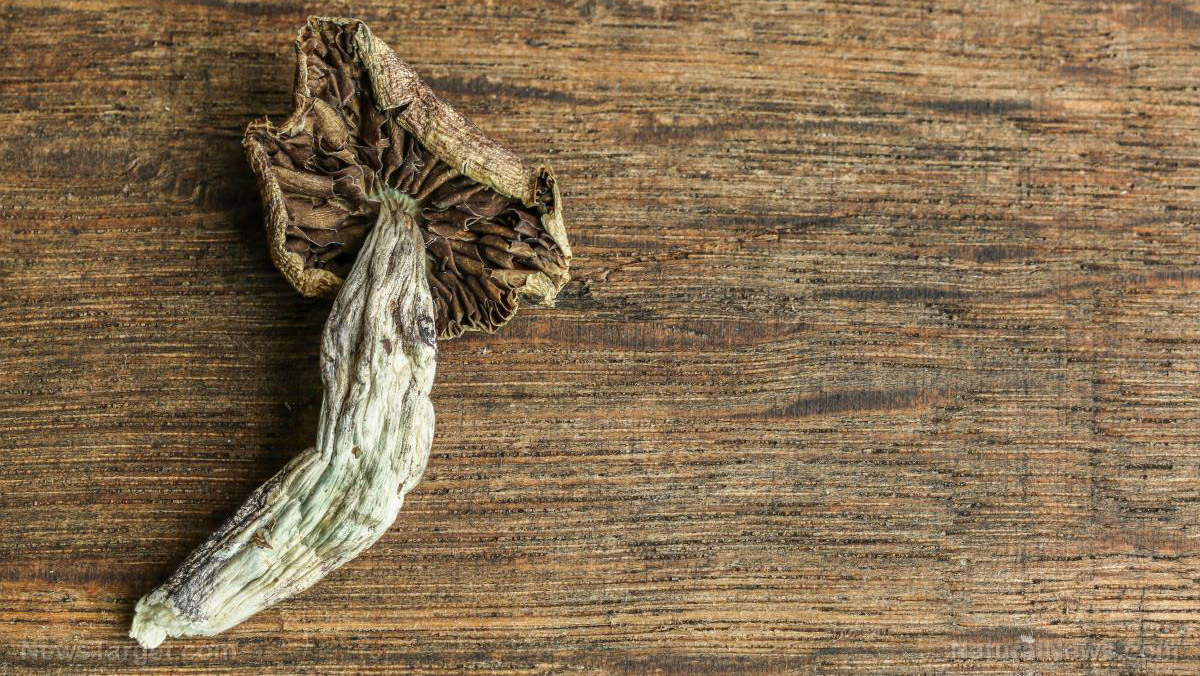Expert teaches the proper way of breathing to relieve stress and anxiety
05/29/2018 / By Zoey Sky

If you’re having a stressful day, take a break and do some breathing exercises so you can calm down and stay focused.
It may sound strange, but not everyone knows how to breathe properly.
Andy Kidd, a wellness expert and leader of the Breathe and Relax program at Gwinganna Lifestyle Retreat in Australia, said that slow and deep breathing can help improve blood flow, increase energy levels, lower blood pressure, and even strengthen the immune system.
Kidd added that even though breathing is a simple and effective tool, most of the time we’re holding our breath or taking shallow breaths. He noted that people usually do this when they’re anxious or stressed.
Hope Gillerman, the holistic practitioner and founder of the H. Gillerman Organics, explained that to breathe correctly and efficiently, we need to get “the most air out each breath.”
She continued that normal breathing doesn’t need to be forceful. Breathing slowly in a relaxed manner can still be effective.
However, Gillerman warned that certain factors such as chronic congestion in our passages, not fully exhaling, over-concentrating, and slouching, can interfere with efficient breathing. She also cautioned that sitting for a long time and working too hard can affect our health, especially if our brains need more oxygen.
Wellness experts agree that to correct these common breathing problems, we need to be more aware of how we breathe. Dina Kaplan, the founder of The Path, which offers meditation techniques, commented that a common mistake that most people make is “taking our breath for granted.”
Kaplan, who is also a certified meditation teacher, said that our breath is mapped to the brain. Once you start breathing quickly or unevenly, try training yourself to breathe properly.
Breathing tips and exercises
These breathing tips can help you relax. They can also improve your focus and overall well-being.
- Breathe deeply and often. This breathing exercise can help: Stop whatever you’re doing, and count to nine while exhaling, then breathe on. Do this at least three times a day.
- This routine can help you warm up and stay supple: Gently move your body, rotate your wrists several times daily, and move your elbows while breathing out all the way. Roll your neck gently, swing your hips, raise one leg at a time, and finally, rotate your ankles each way.
- If you’re always busy, set alarms on your phone. Take note of these reminders so you can do a quick breath check. Breathing quicker than normal is a warning sign that you need to check your breathing.
- Exhale longer than you inhale. This can help you feel better immediately.
- Eastern and Western medicine experts know that it’s healthier to breathe through the nose than the mouth.
- Practice alternate side nostril breathing: Close all the fingers of your right hand, except the thumb and forefinger. Use your thumb to softly push in your right nostril, then breathe into the left nostril for four counts. Hold your breath for four counts, then close the left nostril with your forefinger and breathe out of your right nostril for four counts. Do the same thing with your left hand and nostril and repeat the exercise for two to four minutes. You can speed up the process for an energy boost. To relax, hold each breath for six counts instead of four.
- Sit properly. Anxiety, depression, or stress can trigger a collapsed posture that constricts the diaphragm, the primary breathing muscle. Bad posture also affects the abdominals, back muscles, and intercostals. When we overuse the wrong muscles to breathe, the body is strained. Address this by sitting straight in the front of your chair and moving your hips right up against the back of the chair for added back support. When standing or walking, interlock your fingers and cup your hands at the base of your skull. Lift up the back of your head to stretch your spine, and repeat this if you notice that you’re slouching. (Related: It is important to prioritize some “down time” – tips for incorporating short respites into your day.)
- When doing breathing exercises, empty out your lungs when you exhale and inhale deeply. This will help you feel relaxed and energized.
- Try CO2 re-breathing, which can help re-balance your oxygen and carbon dioxide levels if you’re hyperventilating. Re-breathing won’t always stop a panic attack but it can help lessen the severity of your symptoms. To re-breathe, cup your hands over your mouth or use a paper bag. Breath into your hands or the bag slowly. Breathe normally and deeply for at least five to 10 breaths.
Practicing these tips and breathing exercises may help you relax and give you an energy boost whenever you’re feeling particularly anxious or stressed after a long day at work.
Learn more about other techniques that help manage anxiety and stress at Mind.news.
Sources include:
Tagged Under: anxiety relief, breathing, breathing exercise, breathing techniques, destressing tips, Energy Booster, Health and Wellness, how to, longevity, Meditation, mental health, mind and body, proper breathing, Psychology, remedies, rest and relaxation, stress reduction, stress relief, therapy




















